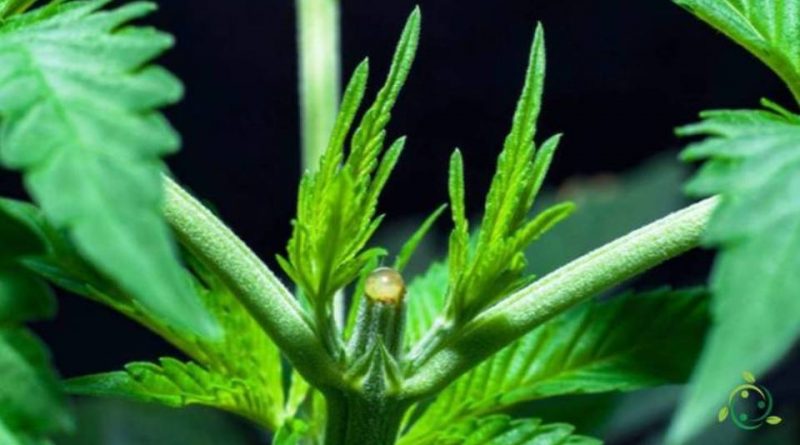Topping
Topping
The term topping, in agronomy, means the operation of cutting or tearing the upper part of a plant to limit its development in height or to concentrate the juices in the part that bears the fruit or flowers.
The topping can also be done laterally to increase the light exposure of the leaf surface.
This simple but effective technique is based on the principle that a plant, from which the vegetative apex is removed, will divert all its energy to the buds located further down, often at the axil of the leaves, forming new lateral branches.
Furthermore, the topping will prevent the plant from stretching too much in height, favoring a more horizontal development. It will therefore be thicker and more branchy and less developed vertically than it would be if we let it grow naturally.
The topping technique works on all plants; whether it is a vegetable, a flowering annual, a perennial shrub or an aromatic plant.
Among the plants that benefit most from topping we include annuals (i.e. plants that must be resown every year) such as basil, mint, etc. who need this small but indispensable pruning technique, to avoid going to flower and produce seed in a very short time, with the stems that will become hard and woody to the detriment of the vegetative and green growth of the plant.
The topping, as mentioned, can be done on both apical and lateral vegetative vertices; in this way the plant will emit new shoots forming another vegetative part until the end of the summer seasonal cycle.
The topping must be performed immediately after the leaves to avoid leaving a useless piece of stem on the branch, which will dry up shortly thereafter.

